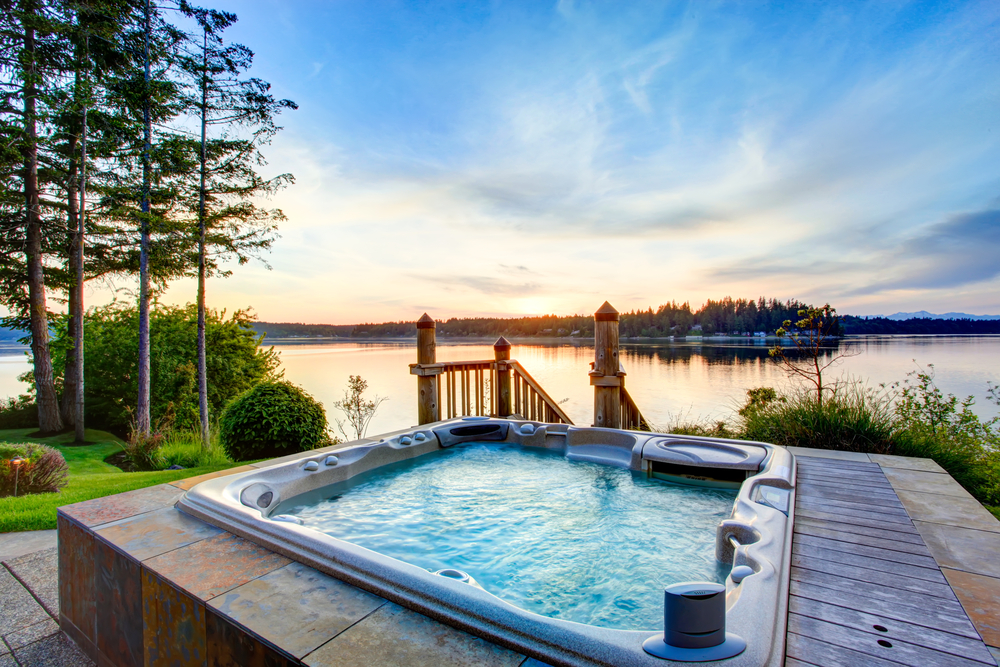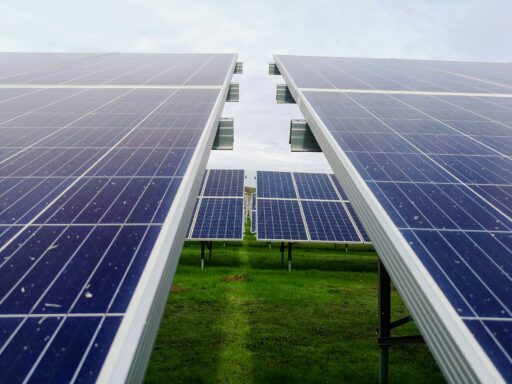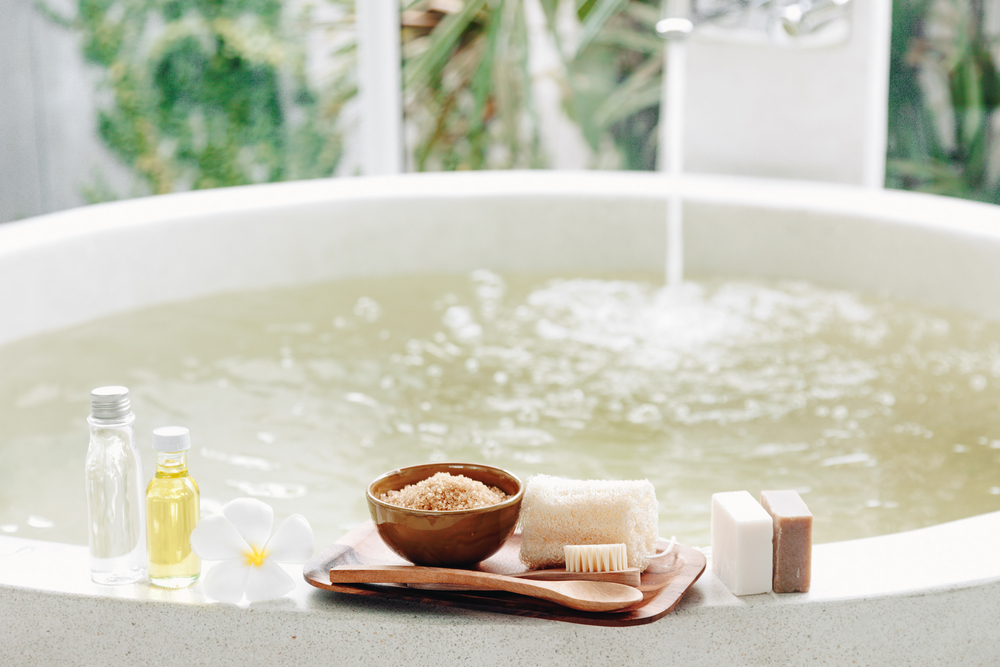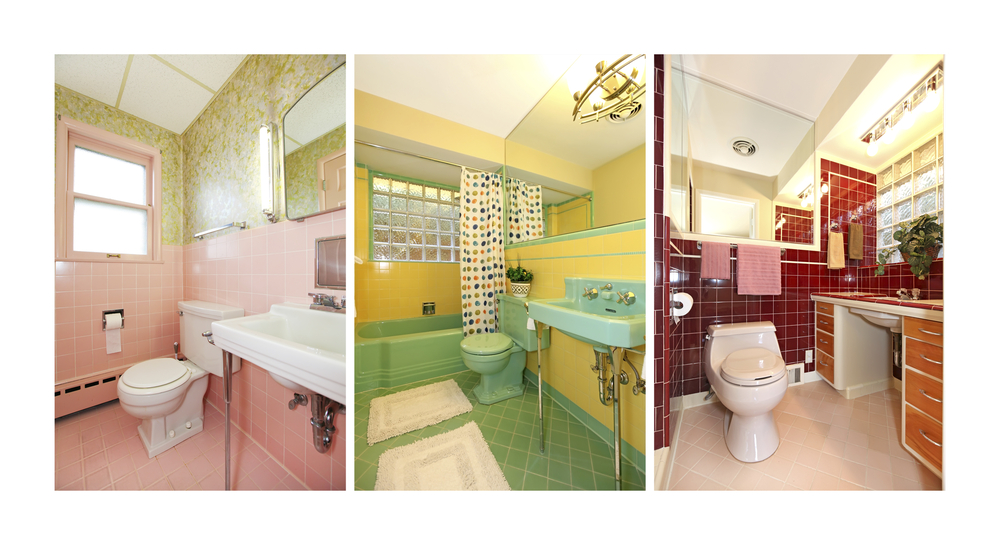According to the British and Irish Spa and Hot Tub Association, there are 10,000 hot tubs sold in the UK annually. If you are considering adding to that number and taking the plunge yourself, there are a number of things you should know first.
Deciding between the different types of hot tub
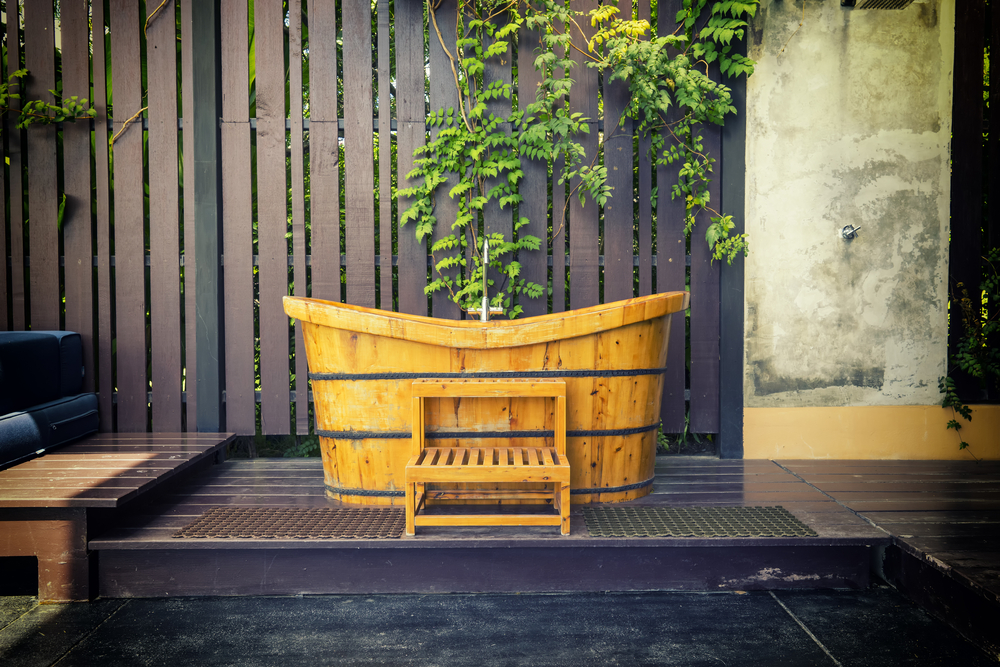
Negotiating the minefield that is the world of hot tubs is far from a straightforward task. And if you want to make the right decision, you’re going to need to know about the different types of hot tubs. They vary by the external coating that defines their appearance, and the jets that determine the kind of experience they’re going to give you. Above-ground hot tubs are considerably cheaper than their in-ground counterparts and have the benefit of being loosely ‘portable’ – they can be moved, but, on average, they still weigh 225 pounds.
The cheapest and most portable hot tubs are inflatable or made from PVC, and the higher end ones are made from acrylic or wood. The complexities of hot tubs don’t end there though – hot tubs can be differentiated by the labels: whirlpool tub, jacuzzi or indoor spa. Despite the apparent differences, they are all relatively similar. All hot tubs are capable of producing the ‘whirlpool’ action of water, the term indoor spa is pretty much interchangeable with hot tub, and Jacuzzi is a brand name that has over time become synonymous with the term ‘hot tub.’
Deterring health concerns

In 2014, Huffington Post ran a horrifying article on hot tubs, bringing to light the plethora of diseases and infections that can get to you via the simmering water and steam of a hot tub. From ‘hot tub rash’ to a potentially fatal respiratory infection called Legionnaire’s Disease, the article certainly pulled no punches. While a single read-through would be enough to put many a potential hot-tub owner off, it did stress how achievable it is to vanquish microbes from the water, and we’re going to do the same here.
There are a number of signifiers that are indicative of an unsafe hot tub- an odour, sticky or slippery tiles, an absence of the sound of a working filter, and a temperature in excess of 40°C. More subtle warnings are a pH that isn’t between 7.2 and 7.8 and an unbalanced composition of chlorine or bromine – these you can check with a test strip.
How much will a hot tub set you back?

Initial costs, installation costs and running costs for hot tubs all depend on the type of hot tub you elect to buy. Initial costs can vary from a few hundred pounds for inflatable versions to tens of thousands for an in-ground wooden or acrylic one. Running costs are similarly variable, but not quite to the same extent as initial cost of course. Inflatable hot tubs can be plugged straight into a mains socket but more elaborate hot tubs may require re-calibration when it comes to plumbing, electrical and even gas work.
Given that hot tubs are essentially kept warm 24/7 whatever the weather, it is fair to say that they can surmount a considerable challenge to the health of your finances. The US Consortium for Energy Efficiency suggests that the running costs of a hot tub typically account for half of a single home’s entire energy use.
How is your hot tub going to affect the environment?
Accordingly, you can imagine that the effect on the environment is equally significant. If you are considering investing in a hot tub that is anything more substantial than an inflatable one, it is also worth investing in an infrastructure to accommodate it properly – an infrastructure that will minimise your tubs running costs as well as its contribution to global warming. A Grundfos Magna circulator will do both of those.

